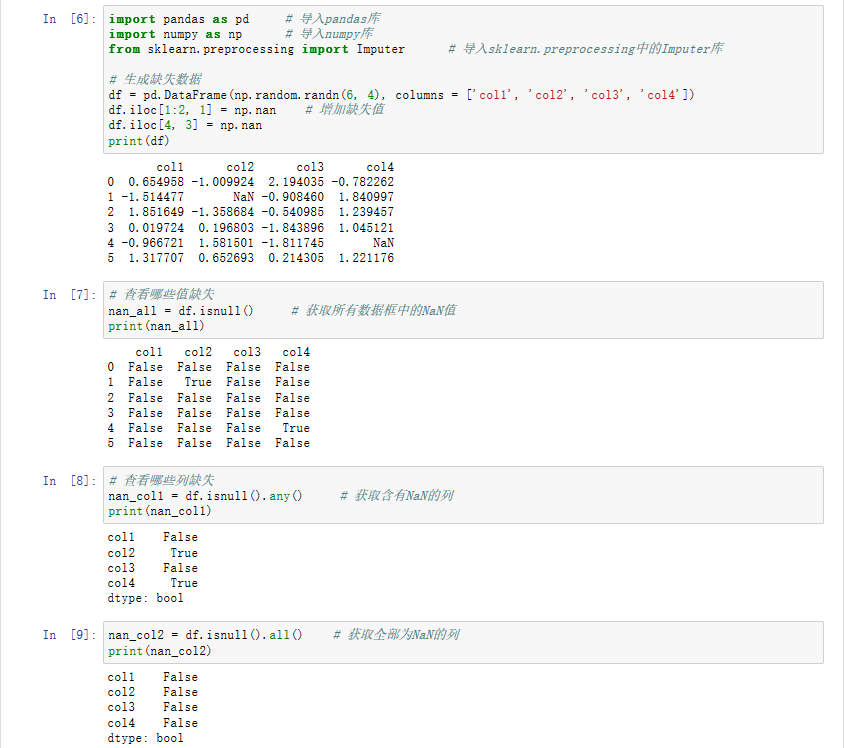Can someone please run through the steps that you need to follow to apply .patch files onto WSO2 ESB v4.0.3? I've tried the following:
Upload .patch file to repository/components/patches and
carbon_home/lib/patches
Run wso2server.sh start -DapplyPatches
This command creates a dir called patch000 in the components/patches directory and fills it with plugins.
The patch I want to apply is https://issues.apache.org/jira/browse/TRANSPORTS-51
Many thanks
You need to apply .patch file to the code base and create jar(s) out of it. Then Create a folder with the name of the patch (eg: patch001) and place the jar(s) inside and copy newly created patch folder (eg: patch001) to repository/components/patches.
Now running the wso2server.sh -DapplyPatches will work.
when you execute -DapplyPatches, it takes a backup of the original content of the repository/components/plugins directory to repository/components/patches directory that's why you see patch000 folder (hence revert-back to a previous state is possible).
From carbon 4.2.0 onwards you don't need to provide -DapplyPatches option in order to apply the patch. When a server started up it automatically detects and apply if there are new patches.
This can be verified from the log file repository/logs/patches.log
WSO2 Official patch,
Read the readme file.(not a must step, better if you do)
Shutdown the server, if you have already started.
Copy the wso2carbon-version.txt file to /bin.(not a must step,better if you do)
Copy the patchNumber to /repository/components/patches/
Restart the server with :
Linux/Unix : sh wso2server.sh
Windows : wso2server.bat
Patch Created by you
Compile(mvn clean install) and get the jar from the modified code base. for example, let's say you are creating a patch for carbon-registry extensions. First, clone the carbon-registry and do the fix then go to the extensions module. Using maven build(mvn clean install) the jar. Then Create a folder with the name of the patch (eg: patch9999) and place the jar(s) inside and copy newly created patch folder (eg: patch9999) to repository/components/patches. Now simply restart/start the product and the patch will get applied.
./wso2server.sh restart/start
However, if the product is older than carbon 4.2.0 you have to provide -DapplyPatches attribute when starting the product like below.
./wso2server.sh -DapplyPatches
if the patch gets applied successfully you can see below set of lines in the beginning.
[2016-08-24 20:27:25,319] INFO {org.wso2.carbon.server.extensions.PatchInstaller} - Patch changes detected
[2016-08-24 20:27:27,980] INFO {org.wso2.carbon.server.util.PatchUtils.console} - Backed up plugins to patch0000
[2016-08-24 20:27:28,010] INFO {org.wso2.carbon.server.util.PatchUtils.console} - Patch verification started
[2016-08-24 20:27:28,034] INFO {org.wso2.carbon.server.util.PatchUtils.console} - Patch verification successfully completed.
As Sajith says, we have added -DapplyPatches as JVM parameter by default in wso2server.sh file.



![Prime Path[POJ3126] [SPFA/BFS] Prime Path[POJ3126] [SPFA/BFS]](https://oscimg.oschina.net/oscnet/e1200f32e838bf1d387d671dc8e6894c37d.jpg)
